Kids TV From Spielberg and Guillermo del Toro: How Dreamworks Animation TV Changed Children’s Programming
- Oops!Something went wrong.Please try again later.
- Oops!Something went wrong.Please try again later.

In February 2013, Dreamworks Animation Television teamed with Netflix on its first-ever children’s and family series, Turbo Fast. Just four months later, the studio and streamer would unveil a multiyear content deal — 300 hours of exclusive original, first-run content.
The pact was the official beginning of the television animation studio and at that time, the largest content deal in the streamer’s history. One of the most significant signs of the rise and permanence of the streaming era, the deal heralded a new age for the kids and family content industry.
More from The Hollywood Reporter
Zurich Film Festival: 'The American' Director Anton Corbijn Named President of Jury
'Yellow Door' Trailer: Netflix Doc About Korea's Bong Joon-ho Generation of Movie Fanatics
David McCallum, Star of 'The Man From U.N.C.L.E.' and 'NCIS,' Dies at 90
Dreamworks Animation TV and current DWA president Margie Cohn’s team would spend the next decade steering the studio through that and an NBC Universal acquisition, producing more than 2,100 episodes of animated programming across 43 series and partnering with Netflix, Apple TV+, Hulu, Peacock, Amazon and free-to-air broadcasters around the globe.
“The whole thing started on the back of the biggest order of television in history, which gave us that gigantic pipeline with which to build our business and Netflix’s kids business,” Cohn tells THR. “The fact that it was a little bit of the Wild West was really advantageous to us because it gave us enormous freedom. We had an opportunity to be disruptive in the same way that I think Dreamworks features was.”
In those early days, DWA TV would lean into its four-quadrant big-screen IP — Shrek, The Croods, Dragons and Madagascar and, later, Trolls, The Boss Baby and Kung Fu Panda — but without the constraints of linear TV. With streaming, Cohn says, there was no specific audience demographic and no commercial breaks, opening up a real “opportunity to make content for animation lovers beyond the core 6-to-11 or preschool demos.
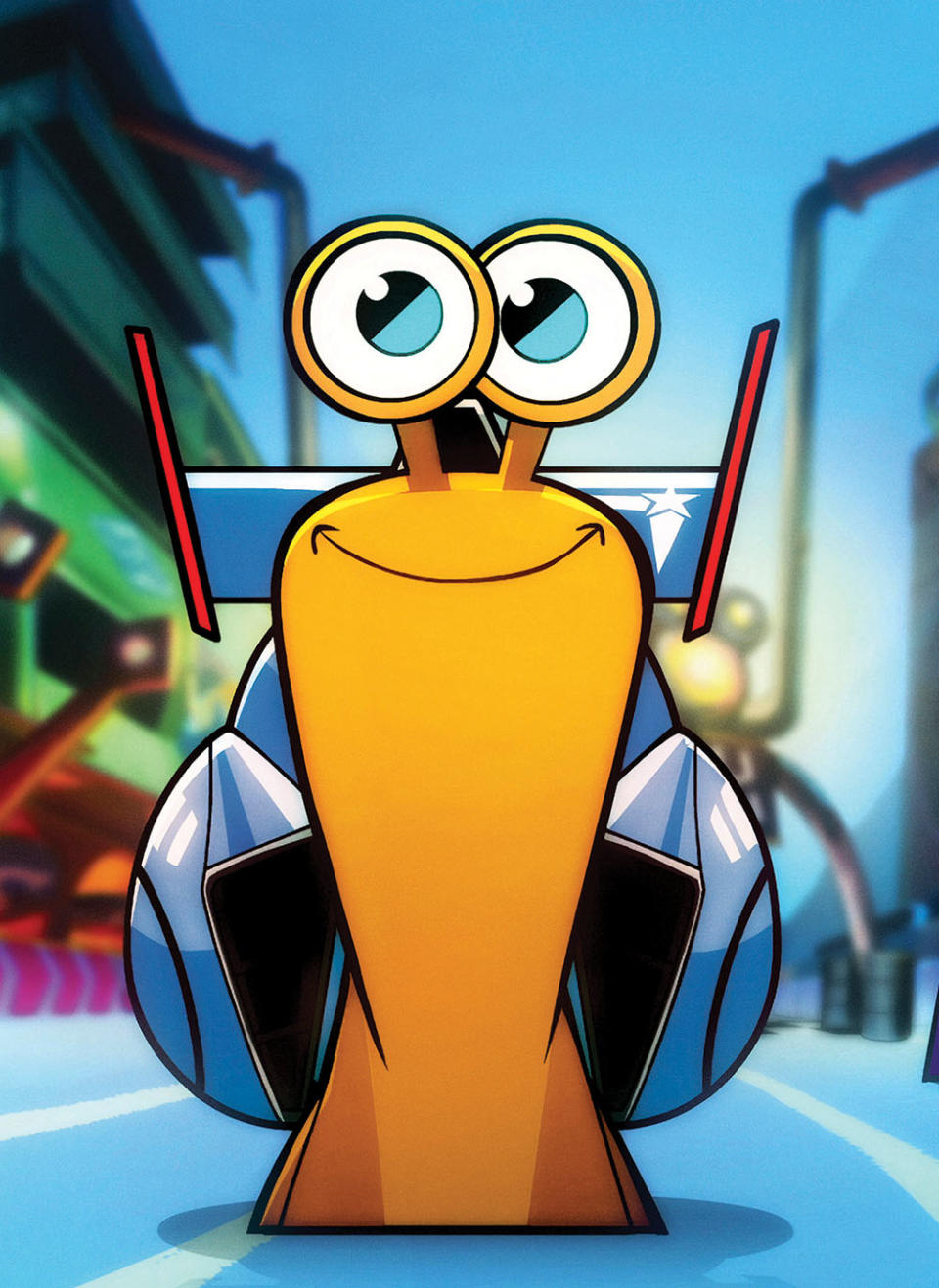
“We know kids continue to love animation, but they may feel self-conscious about watching it on a kids network when they perceive themselves as older,” she explains.
While the original deal was built to leverage existing IP, which Peter Gal, Dreamworks’ chief creative officer of TV, says “opened the door to the scale” of that Netflix pact, it also provided an opportunity for the studio to “sneak some other stuff in there” that execs were “crazy passionate about,” like originals.
“[At Disney and Nickelodeon,] we worked with creators [from the] ground up on new shows, and it felt wrong to not have an opportunity to create some of those opportunities as [DWA TV] moved along,” says the exec, who worked at both legacy kids companies. Among those who came to the studio to create originals was Guillermo del Toro, with his passion project, Trollhunters.
Notes Kelly Kulchak, executive vp current series: “His brilliant vision inspired his team to push the boundaries of what could be achieved in television animation and sophisticated storytelling while working with us to find creative ways to manage all of that on a TV budget and schedule.”
At the time, del Toro was already working in TV on FX’s The Strain, which helped ready him to quickly navigate the animated TV space. “He came to it as a fan of TV. It was just about us getting out of the way and making sure that we were supporting his vision in the best way possible because he pushes everybody for creative excellence,” Kulchak adds. “People came to work on that show because they wanted to be pushed out of their comfort zone creatively, to go for something that felt like nothing else out there. And I think that he delivered on that in a huge way.”
Later, other creators would emerge, like Blue’s Clues veterans Traci Paige Johnson and Jennifer Twomey, whose juggernaut Gabby’s Dollhouse was one of the studio’s earliest ventures into preschool programming, nearly 10 years after the studio began.
A byproduct of both creatives wanting to collaborate again with Weiss after having “fulfilling and successful experiences” before she came on at Dreamworks Animation Television, the series folds live action and mixed media into an animation pipeline. Harnessing kids interests in cats, miniatures and unboxing, Gabby’s Dollhouse has become one of the industry’s most successful modern originals — evidence of the “synergy across Dreamworks marketing, digital teams and Universal Products and Experiences” that supports the creative side of kids programming, Johnson says.
“The success of [Gabby’s Dollhouse] is really a reflection of our company and its ethos,” says Teri Weiss, executive vp development, TV, of the show, which made it into the Netflix daily Top 10 Kids list in 89 countries. “As a company, we decided we are going to win together, or we’re going to fail together.”
While expanding into originals, Dreamworks also invested in producing animated vehicles based on classic Universal IP series — think horror-light Jurassic World: Camp Cretaceous and the actioner Fast & Furious: Spy Racers — as well as series based on books and classic IP like Dinotrux, Where’s Waldo and Archibald’s Next Big Thing, created by Tony Hale.
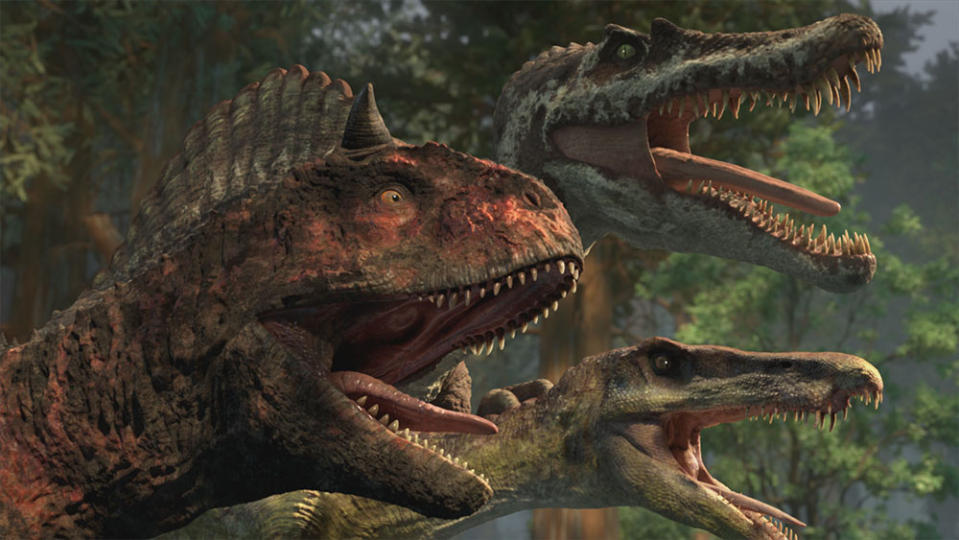
For titles like Jurassic World and Fast & Furious, the animation was building upon established and adult live action universes. Thus, the approach to delivering the first animated title for the properties was about identifying its DNA.
“We worked side-by-side with the filmmakers Frank Marshall, Colin Trevorrow and Steven Spielberg, to put this into this new medium,” Kulchak says of Camp Cretaceous. “Steven was so kind and generous with his time, talking to our team about how it is awe and wonder, but it is also danger. The stakes have to be real, and we took that to heart. We have a bunch of teens on an island facing dinosaurs. We can never treat it as these dinosaurs are anything other than something that can kill you. If you didn’t have that jeopardy or those stakes, if you didn’t have that drama, it wouldn’t feel like Jurassic.”
In animation, the dinosaurs would be the easy part after Spielberg provided a “great template with CG.” It was the human journeys, Kulchak says, the team had to be more mindful of, to avoid falling into the “uncanny valley.” But working side by side with the Jurassic Park and Jurassic World filmmakers meant they were reading “every script” and every design, to guide DWA TV.
For original Trollhunters, the team leaned on Marc Guggenheim while switching up head writers on its various expansion series 3 Below and Wizards, with the biggest ensuring that the mythology “thread of those characters” goes all the way through that franchise.
“They all pride themselves on being great storytellers, and that’s something that’s so vital to us — that script, that tale, especially, if you’re doing something that’s 78 episodes or 52 episodes,” Kulchak explains. “How do you plan that out? Obviously, it all starts with the creator and the vision that they have. They knew what they wanted to do, beginning, middle and end.”
That’s partly how two earlier series — Voltron: Legendary Defender and She-Ra and the Princesses of Power — made it into the DWA TV mix. They were serialized multigenre animated hits that touch on subjects like grief, genocide and LGBTQ themes rarely seen in the kids and family space.
“The heavy lifting with both of those projects was building a narrative that drove you from one episode to another,” Kulchak says. “We worked to support the talent as they crafted those expansive stories, tracking how everything plays out while still making sure we’re giving kids stunning visuals, great characters and fantastic adventure.”
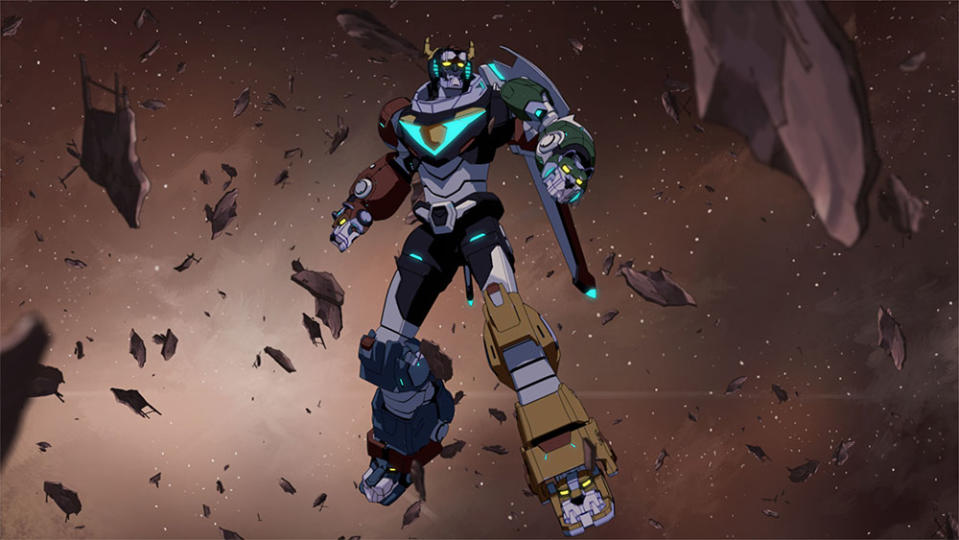
It’s a different approach historically to shows in the kids space, which also frequently have a toy or merchandising element attached — something that was particularly notable as both series were reboots of toy-inspired ’80s series. But Gal says the nature of who pitched the shows and their passionate visions helped DWA TV reimagine what their focus would be on.
“We definitely wanted both of those properties to have vibrant toy businesses, but if we had been only focused on that, we would not have worked with those creators because their visions were not necessarily a bullseye for hitting four to seven-year-old boys,” Gal says. “So we decided that the best thing for the brand was to make really impactful, amazing, exciting, immersive versions of them.”
Both animated shows played a key role in expanding the DWA TV brand among tweens, teens and even adults, all enticed by the impressive animation, diversity and age-inclusive storytelling. That ability to reach a wider audience is something that has happened several times with the studio’s shows, and as Gal notes, is “probably even more common than we understand because there’s still so much about what happens in terms of who your audience is when put something in streaming that we still don’t know.”
But that unintended audience widening has led the studio to listen even more to its audiences, especially kids and where they are “telling us to go. We’ve always valued research, we’ve always valued time spent with kids,” he says. A byproduct of that focus group work was Kipo and the Age of Wonderbeasts. Based on a comic by Radford Sechrist, the show resulted from factors including that research, which revealed The Walking Dead was a co-viewing experience for kids and their parents.
“For years, the conventional wisdom in kids and family was you don’t do postapocalyptic. It’s too dark,” Gal says. “Hearing kids talk about watching that with their parents made me think, ‘Maybe there is a way to do this that’s appropriate for them.'”
While Kipo, a personal favorite of the Dreamworks executive, didn’t necessarily open the door for one of the studio’s latest directions, its research that helped DWA TV uncover something crucial that its series Jurassic World series reinforced.
“We started to see that kids they knew who that clown from It. They might not have seen the movie, but they knew that and they were intrigued by it. It reminded us how much kids love to be scared, so we asked how do we deliver fun, safe scares to kids and families, especially stuff they can watch together?” he says. “The thing that really unlocked that was Jurassic World: Camp Cretaceous. When we did that show, we really thought we were targeting the upper end of a traditional kid demo 9, 10, 11 and maybe going into young teen. But when the show launched, all of a sudden, we were getting people reaching out to us saying, ‘My three-year-old loves it.'”
That helped executives, who might have thought its dinosaur jump scares were too much for TV’s youngest viewers, realize it could be watched on a different level than their older siblings. Now, the studio is looking to venture even further into animation’s largely untapped corners with the help of Eli Roth and James Frey’s upcoming “gateway” horror series for Hulu and Peacock, Fright Krewe.
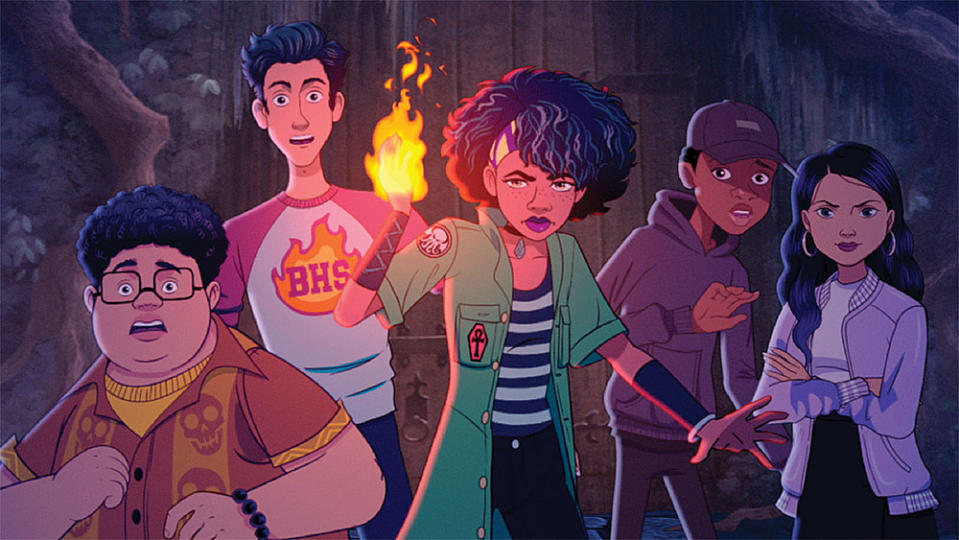
Inspired by Roth’s affection for Scooby-Doo‘s haunted houses and the heroic kids who come out on top, he says, the experience saw the storied horror director working with the “incredibly filmmaker-friendly studio” on the New Orleans-set show, which Roth says he wanted to look like it “could play in a movie theater.”
“James Frey came to me in 2015 and said, ‘We should do a new Scooby-Doo.’ That was the impetus — something scary, but for kids. Scooby-Doo was an essential part of my childhood, because it had all the conventions of horror — dark haunted houses, people in scary masks, a dog that could solve mysteries, and the kids always beat the bad guys in the end. I wanted to live in that world,” he tells THR.
It was also inspired by feeling like animation had not tapped back into that space, despite seeing interest it from everyone from his son to his nieces and nephews, who were still tuned into the mystery-solving great daneand Beetlejuice. “We wanted to create something for them,” he says.
It was an experience in which the director felt supported at “all levels,” particularly with “how long Dreamworks spent on the script,” proving DWA TV understands “the medium but also wants the stories to be the creator’s voice, not their own.
“I loved the idea of doing something that’s scary for kids, but in a fun way that won’t traumatize them and teaches all the values of bravery, friendship, trust,” Roth adds. “Childhood is a scary place — nothing feels in your control, and yet it’s the most magical time when the world is still full of wonder, and we wanted to give those kids a whole new mythology to dive into.”
Other creatures may also be coming with the studio’s big push into preschool alongside Gabby’s and Go, Dog. Go!, with DWA TV looking to develop Universal Monsters IP in the space. That could join an adaptation of Jessie Sima’s Not Quite Narwhal, a story about a narwhal navigating their identity on land and at sea after discovering they’re actually a unicorn.
Weiss says that while developing the narwhal series, they approached author Sima, who shared the kinds of questions and discussions the story had provoked among young readers and their families. That included questions about whether the book is a biracial, adoption or coming-out story. “Their answer was, ‘Yes — it is all of those things,’ ” says Weiss. “It’s the kind of layered, identity-driven storytelling that speaks to the big questions little children are thinking about, whether adults realize it or not.”
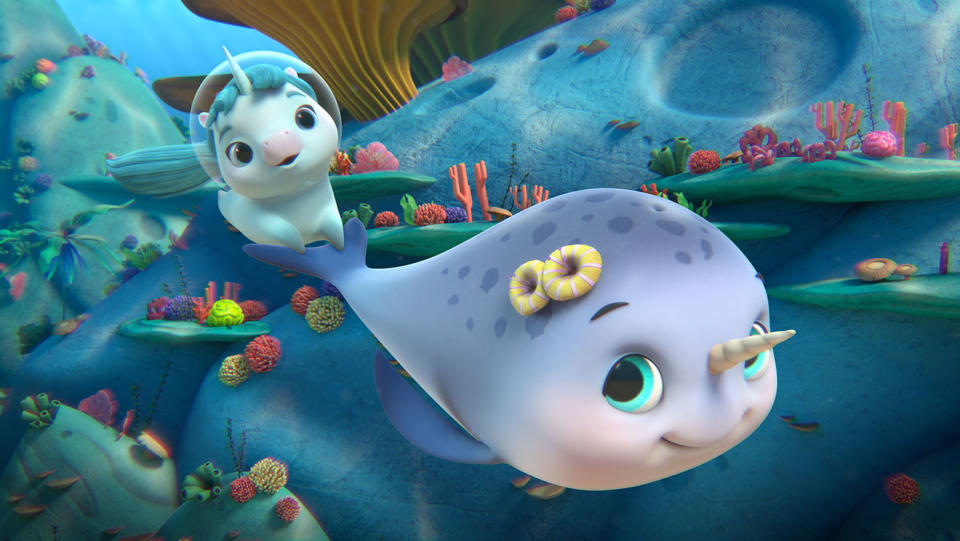
Even in preschool, Weiss adds, the studio sees storytelling “through a modern lens in terms of how to expand mythology and canon in a way that preschoolers can digest” and is open to “speaking to anyone who has felt othered or outside of a group. The important thing is how do we model those social situations and give kids the tools to navigate them?”
Adds Gal: “Years ago, when we asked what is our identity going to be, the thing we kept coming back to was emotional truth. We wanted our stories, wherever possible, to be stickier because there was something real at the center of it. That was just our belief — that kids are capable of big, challenging ideas.”
A version of this story first appeared in the June 7 issue of The Hollywood Reporter magazine. Click here to subscribe.
Best of The Hollywood Reporter

